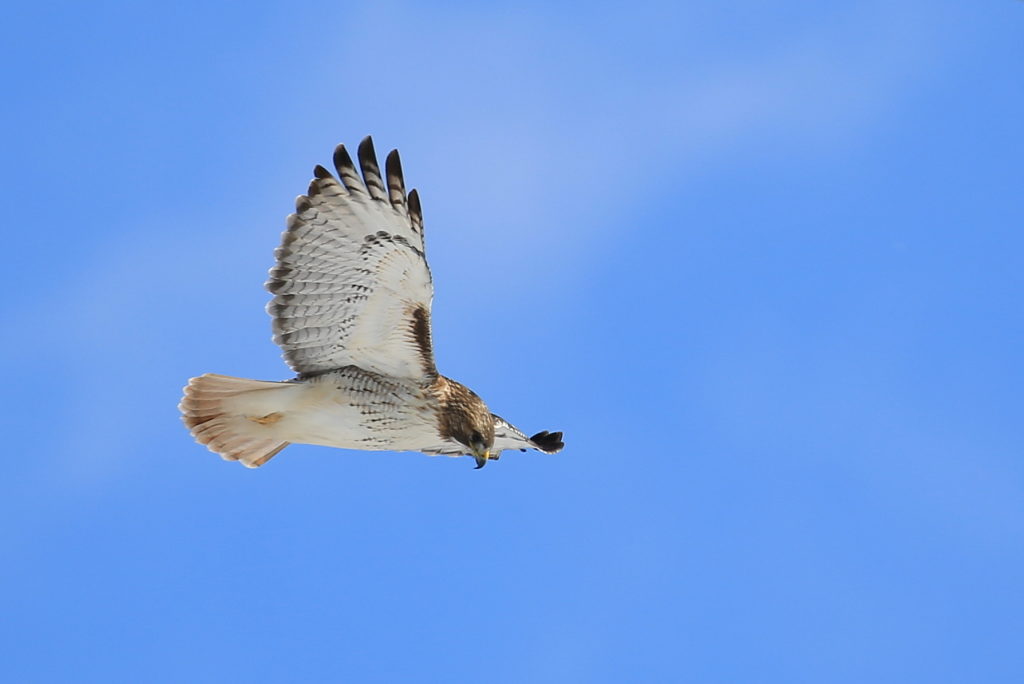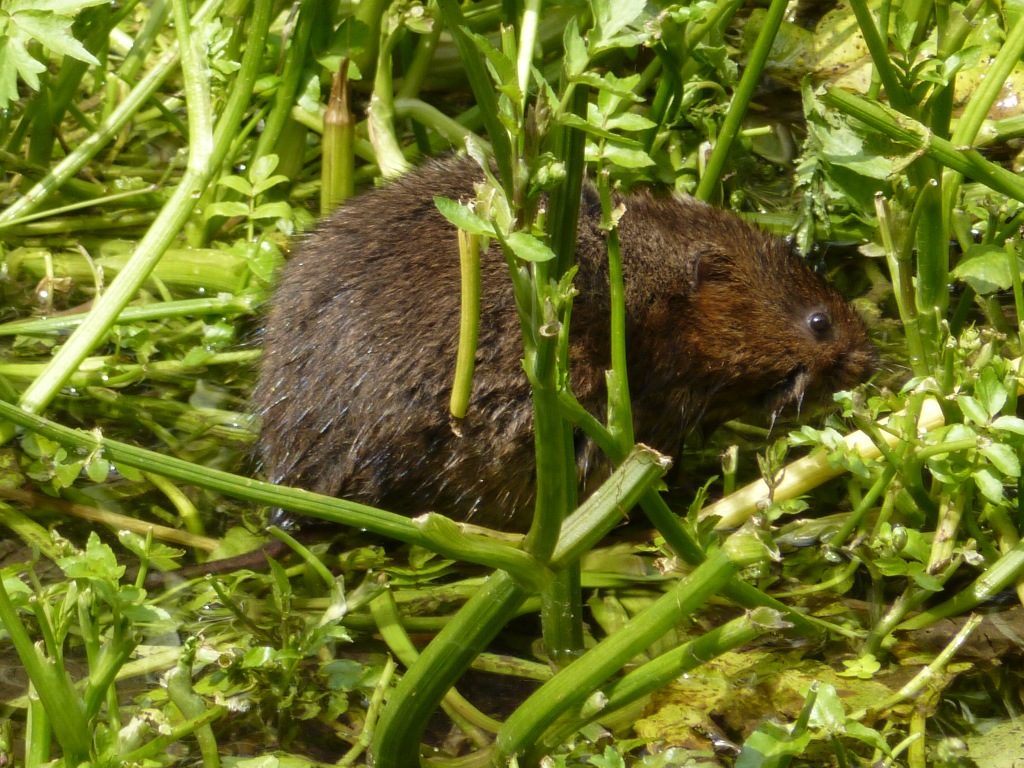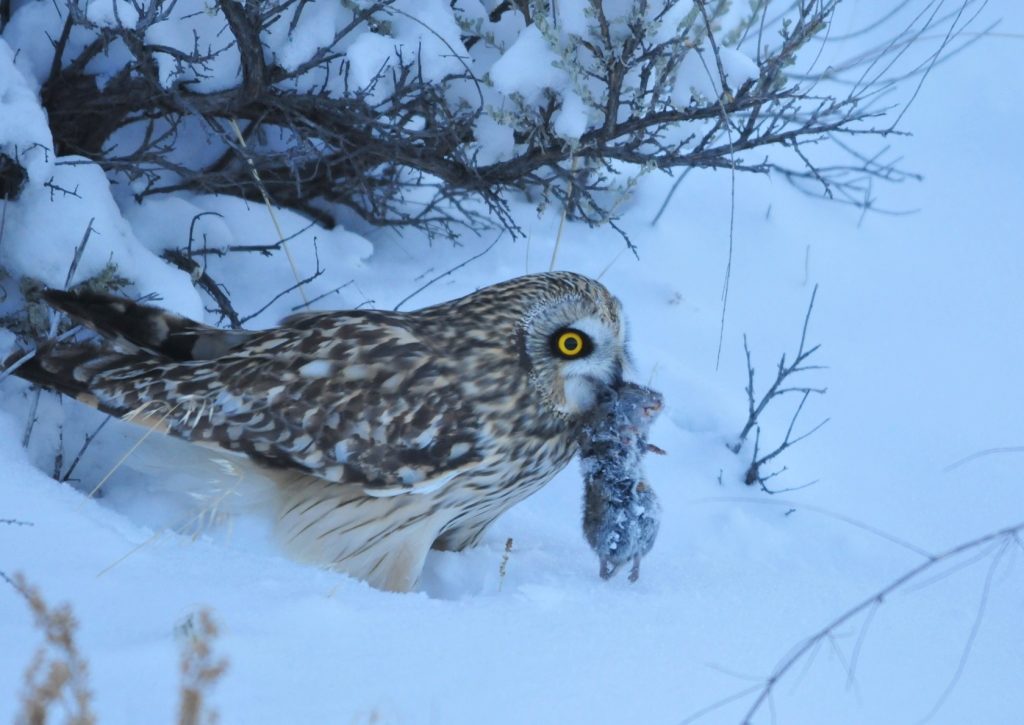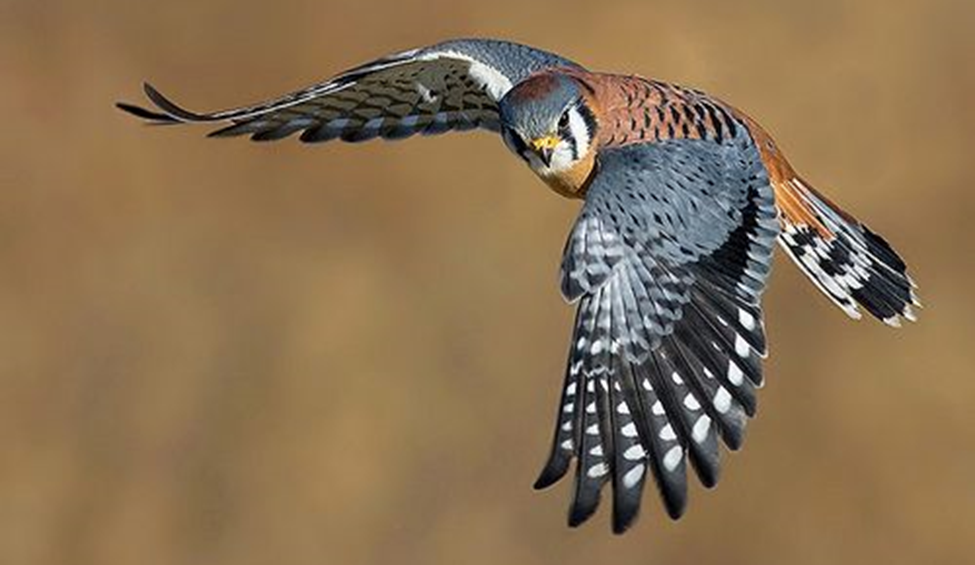One of our good friends and noted naturalist, Bruce McKenzie, shared with us a story and some photos for those who might have seen some new visitors in town.
No, we don’t mean the annual flurry of tourists down the QEW, but those of a more migratory nature.
Hope you enjoy the read!
Winter Visitors to Our Neighbourhood
Winter time changes how we carry on and it effects wild animals even more. They must develop strategies that allows them to survive climatic rigors and changes in food availability.
A common mammal in the Grimsby area is the Meadow Vole. Meadow Voles feed primarily on grass and other plants that grow in fields. They spend their entire lives in fields. They seldom ever enter modern buildings.
Voles are small rodents about the size of your thumb and they have four short legs. They burrow through the grass at ground level trying to stay out of sight of predators like hawks, owls and foxes. In the winter time their shallow furrows in the snow and grass are easily seen. They are the perfect size for predators. For coyotes they are a snack, for Short Eared Owls they are a meal.
This winter the Meadow Vole population is very high in our area. Meadow Vole numbers will vary from year to year depending on weather, food availability and diseases. Common predators like Red-tailed Hawks and American Kestrels are greatly benefitting from the abundant Meadow Voles. The voles make up a significant portion of their diet.
This winter we are also seeing a number of Snowy Owls in the Hamilton and Niagara area near the shores of Lake Ontario. A number have been seen on the radio tower lands, at Fifty Point and around the Fifty Rd and Casablanca Blvd intersections with the QEW. Snowy Owls do not come south from the Arctic every year, but some years Snowy Owls may come south in good numbers.
In our area the abundant voles and wintering ducks on Lake Ontario are the main attraction to the Snowy Owls in our area. They feed on both. Unfortunately, Snowy Owls, being from the Arctic have no experience with modern communities and traffic. Some unfortunately have been killed this winter in our area by collisions with vehicles.
People who live in the Casablanca neighbourhood may see Meadow Voles around their lawns and in the fields. These animals should not pose any problem to you. Yes, they will leave some trails in the grass over the winter, but they do not disturb the root of the grass and come spring you won’t even know they were there when the grass starts to grow.
We fortunately have a large picture window to Lake Ontario in our neighbourhood as we look at the lake across the radio tower lands. These lands of course are fields and they are important habitat to Meadow Voles, hawks, wintering owls, and in the spring many field nesting birds make use of these important grasslands.
The radio tower lands are at the east end of one of the largest green areas, if not the largest, along the southern shoreline of Lake Ontario in Ontario. From the west boundary of the Fifty Point Conservation Area to Casablanca Blvd there are over 3 kms of undeveloped shoreline that is bordered by large green areas, over 400 acres. This is important to our enjoyment of the area, quality of life and to the animals that live in this green space. Sometimes the animals in this large green space will cross Winston Rd and come into our neighbourhoods with usually no repercussions except for our enjoyment at seeing or hearing them.
In and around our homes we may find House Mice and Deer Mice. House Mice are grey and are always associated with human habitation. Deer Mice are brown and white and live in wooded areas and there is not much habitat in the neighbourhoods for Deer Mice. If mice enter your home, you might use snap traps to catch them. If you have mice in your house you should look for where the mice might be finding entry points and block them off. Generally new homes have very few entry points for mice.
Please do not use mouse poison in out-of-doors locations. Mice are attracted to the poison baits and if they have ingested the poison it may take several days for them to die. In the meantime, they may appear sick and easy to catch by predators. During this time, if they are eaten by natural predators or domestic animals these animals may die as well from the effects of the mouse poison.
Bruce Mackenzie
Director Bird Study Group
Hamilton Naturalists’ Club



